

Imagine an herb that could boost your energy, ease your pain, and lift your mood, all without a prescription. That’s the promise of kratom, but is it too good to be true?
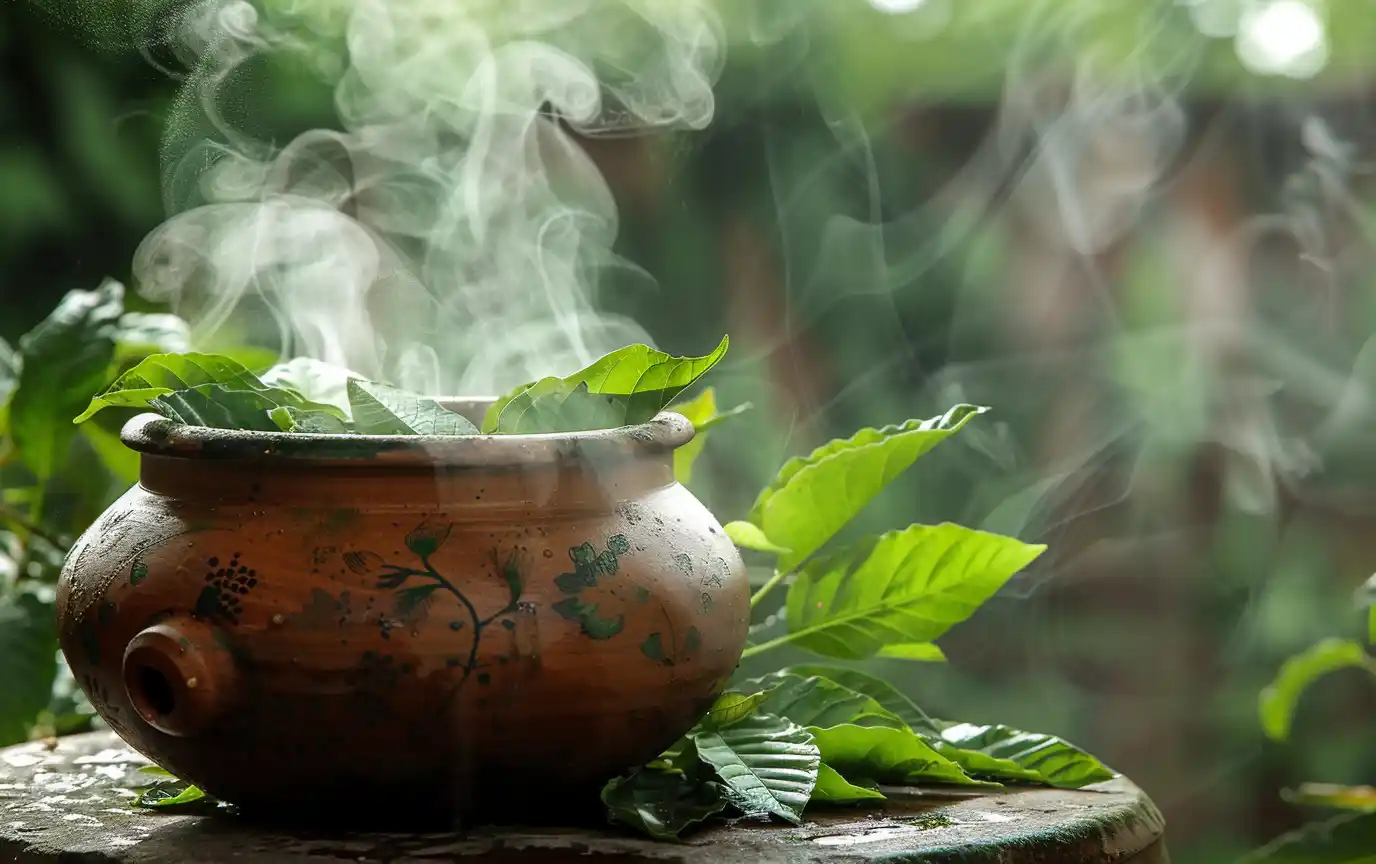
With its rich history of traditional use in Southeast Asia and potential to help manage various health conditions, it’s no wonder that kratom has captured the attention of so many. But as interest in this intriguing plant grows, so do questions about its safety, effects, and legal status.

If you’re considering trying kratom or simply want to learn more, you’ve come to the right place. We shall discuss kratom’s origins, the science behind how it works, and the various strains and forms available. We’ll also tackle the critical issues of sourcing high-quality kratom and using it safely and responsibly.
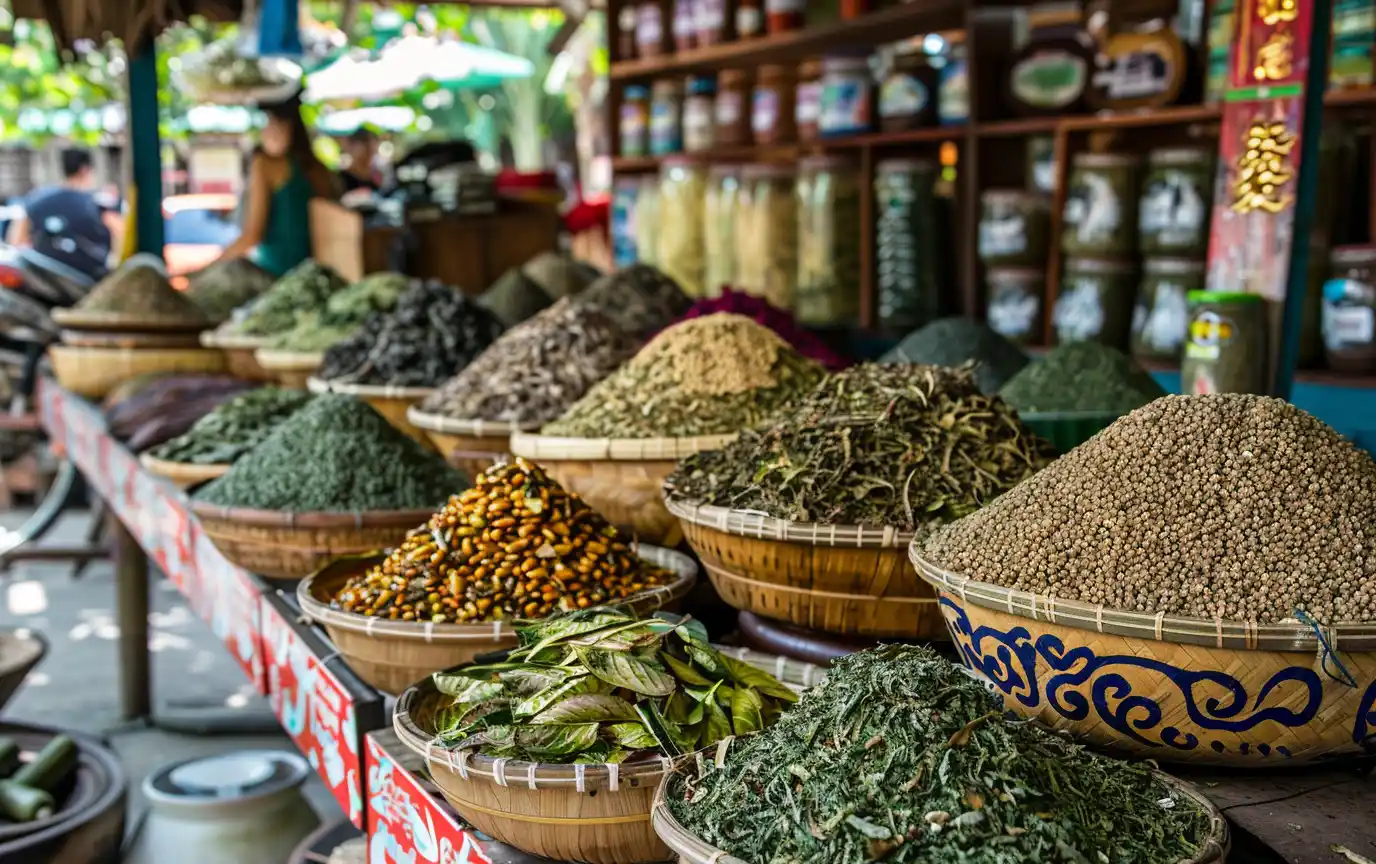
But we won’t shy away from the controversial aspects of kratom. We’ll take an honest look at the potential risks and side effects, as well as the complex legal landscape surrounding kratom use in different parts of the world.

Kratom’s History and Traditional Uses
Kratom (Mitragyna speciosa), a tropical tree native to Southeast Asia, has a long history of use in Thailand, Malaysia, and Indonesia.
The earliest recorded use dates back to the 19th century in Thailand, where the plant has been an integral part of local culture and traditional medicine.
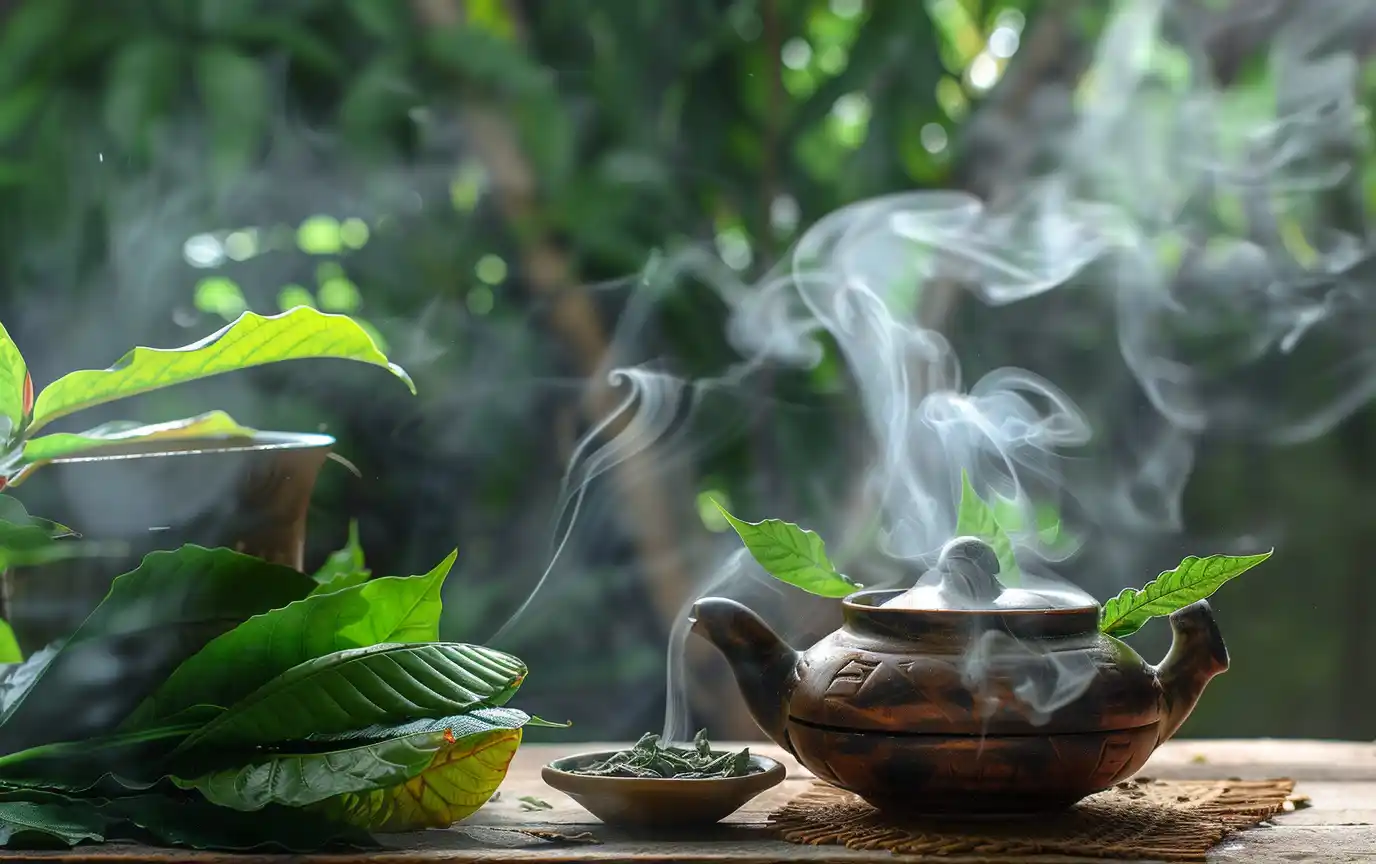
Chewing Leaves and Brewing Tea: Traditional Kratom Consumption
Traditionally, local communities in these countries have consumed kratom by chewing fresh leaves or brewing them into tea.

Chewing kratom leaves is particularly common among manual laborers, farmers, and those engaged in physically demanding tasks, as they believe it helps combat fatigue, increase productivity, and enhance endurance.
At low doses, kratom’s stimulant effects are said to provide a boost in energy and motivation, similar to coffee or tea.
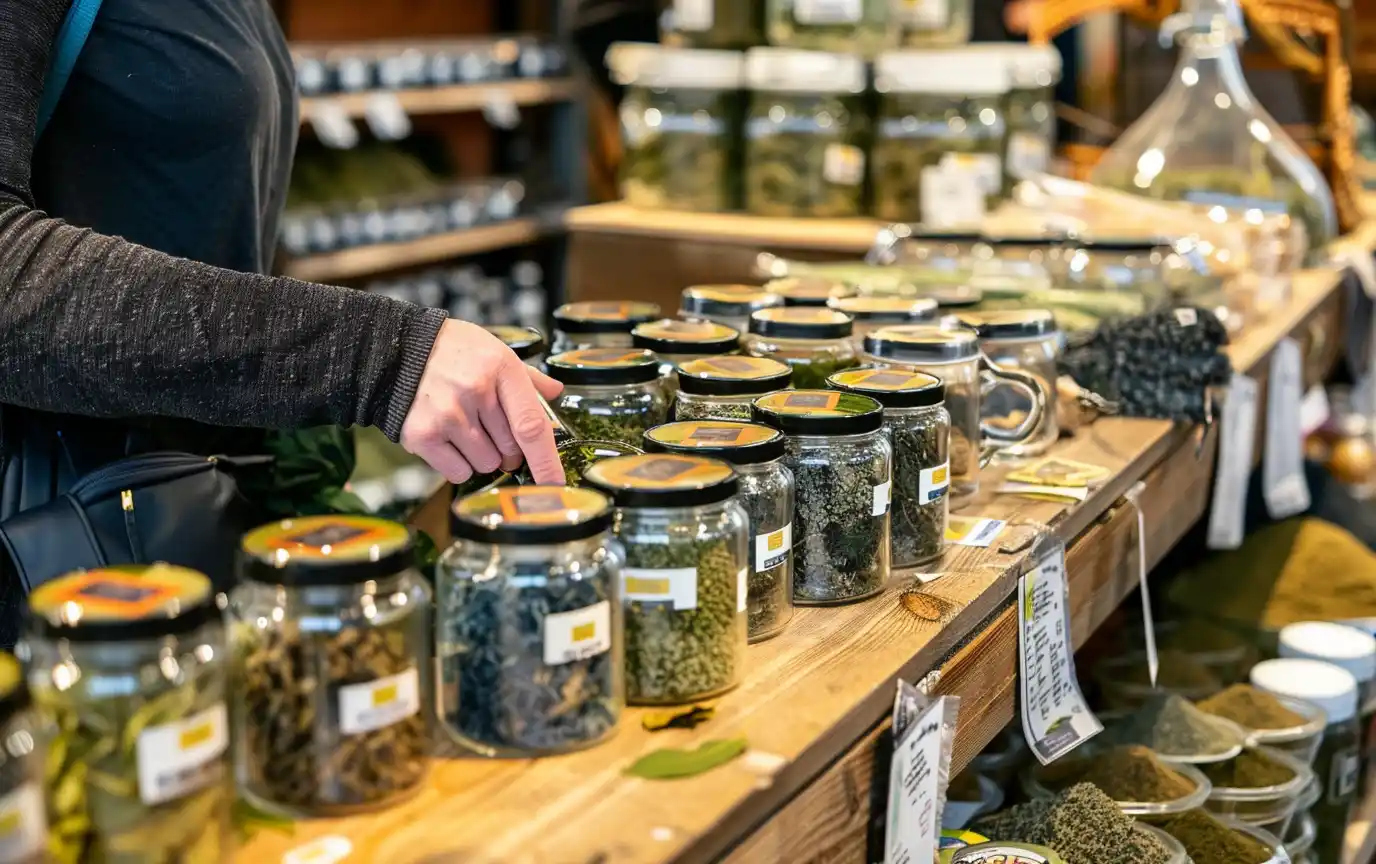
Kratom as a Natural Pain Reliever
Kratom has also been used for its analgesic properties in traditional medicine. Kratom leaves, when chewed or brewed into tea, are believed to relieve various types of pain, including chronic pain, headaches, and muscle aches.
These pain-relieving effects are attributed to alkaloids such as mitragynine and 7-hydroxymitragynine, which interact with opioid receptors in the brain.

Treating Digestive Issues and Respiratory Ailments with Kratom
Traditional medicine practitioners in Southeast Asia have used kratom to treat a wide range of health issues.
In Thailand, kratom has been used as a remedy for diarrhea, while in Malaysia, it is believed to alleviate coughs and other respiratory problems.

Some regions have also used kratom to treat intestinal infections due to its alleged antimicrobial properties.
Beyond physical ailments, kratom is consumed in some communities to promote relaxation, reduce stress, and improve overall well-being. Its mild euphoric effects may contribute to its use as a social or recreational substance.

Pharmacology and Effects of Kratom
The primary active compounds in kratom leaves are mitragynine and 7-hydroxymitragynine, which interact with opioid receptors in the brain. These alkaloids are responsible for kratom’s pain-relieving and mood-enhancing effects.
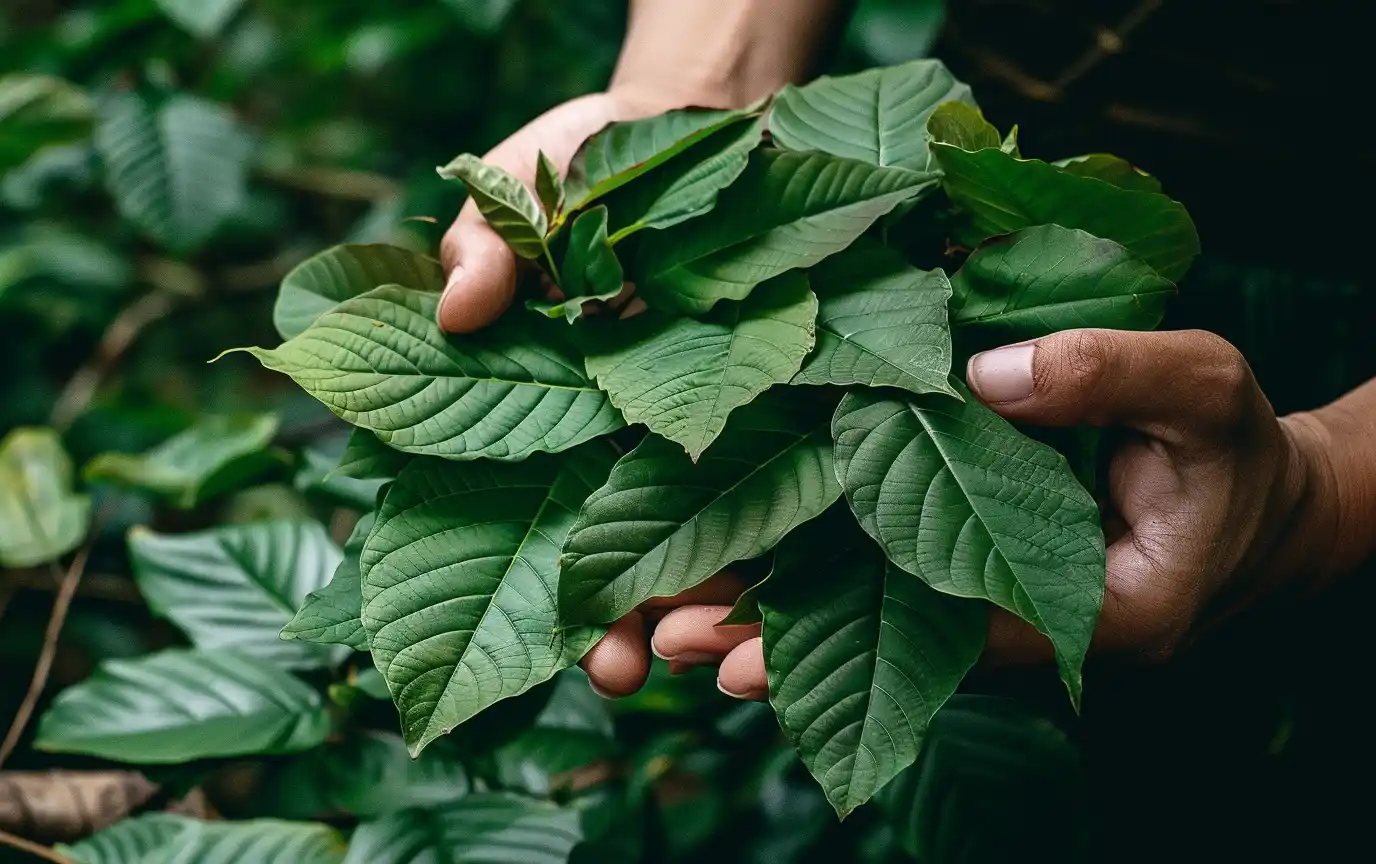
How Dosage Influences Kratom’s Effects on the Body and Mind
At low doses (1-5 grams), kratom can produce stimulant-like effects, increasing energy, alertness, and sociability.
At higher doses (5-15 grams), kratom can have sedative and analgesic effects, helping to alleviate pain, anxiety, and insomnia.

Kratom’s effects on the body are dose-dependent and can vary greatly between individuals.
Factors such as body weight, tolerance, and the specific strain of kratom can influence the intensity and duration of its effects.
It is crucial for users to start with low doses and gradually increase them to avoid adverse reactions.

Potential Benefits of Kratom
Kratom has gained worldwide attention for its potential to help manage various health conditions, including:
- Chronic pain: Kratom’s analgesic properties may provide relief for those suffering from chronic pain conditions, such as arthritis, fibromyalgia, and back pain.
- Opioid withdrawal: Some individuals in the CIS have turned to kratom as a natural method to manage opioid withdrawal symptoms and support their recovery from addiction.
- Anxiety and depression: Kratom’s mood-enhancing effects may help alleviate symptoms of anxiety and depression, providing a natural alternative to prescription medications.
- Fatigue and low energy: At low doses, kratom can act as a stimulant, increasing energy levels and improving focus and productivity.
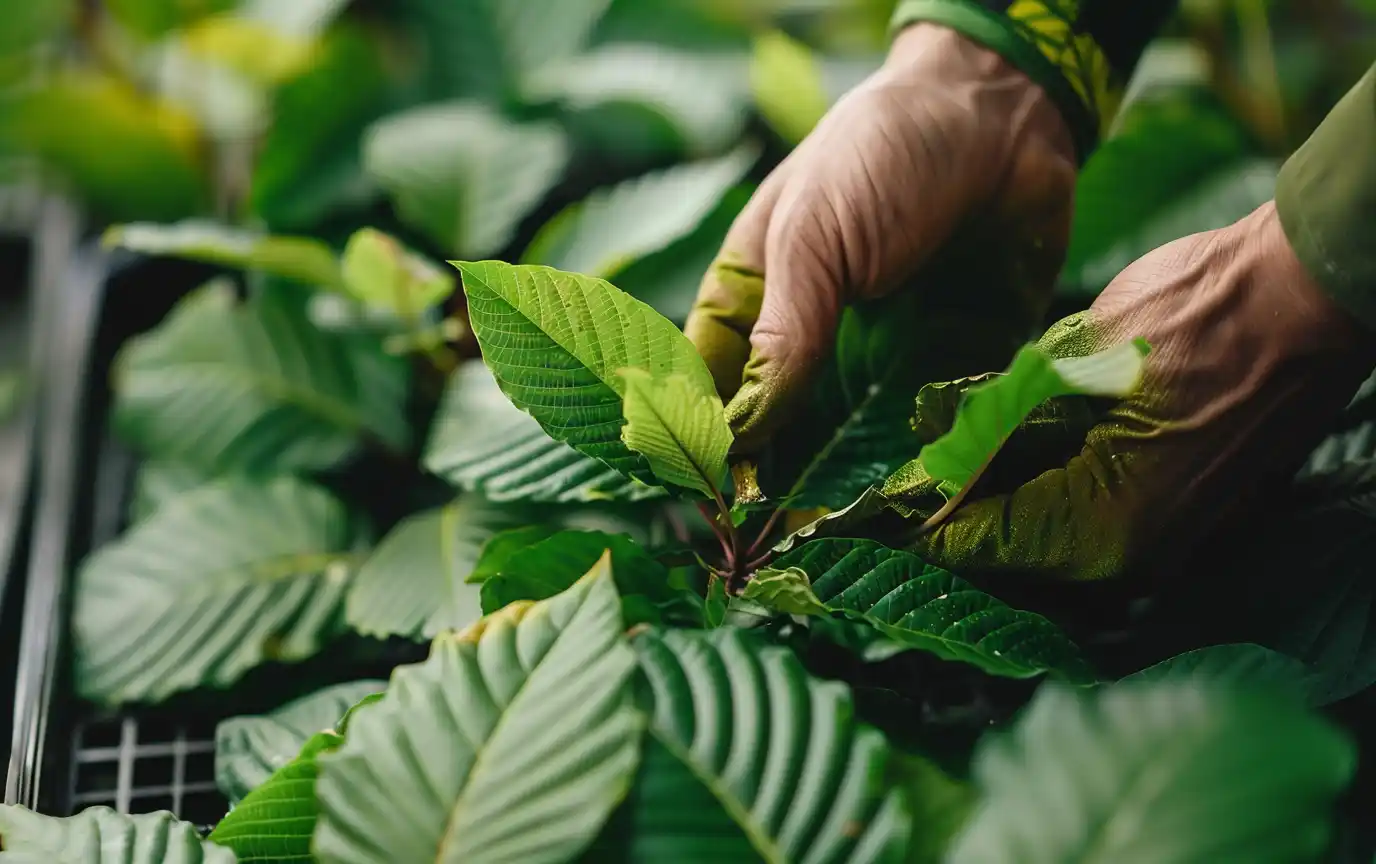
It is essential to note that while anecdotal evidence supports these potential benefits, more scientific research is needed to fully understand kratom’s efficacy and long-term effects.
Different Varieties of Kratom
Kratom comes in several distinct strains, each with unique properties and effects.
The three main categories of kratom strains are red, white, and green, which refer to the color of the leaf veins and stems.
Within these categories, there are numerous specific strains named after their region of origin or the effects they produce.
The Sedating and Analgesic Effects of Red Vein Kratom
Red vein kratom strains are known for their sedative and analgesic effects. They are often used for pain relief, relaxation, and sleep aid.
Popular red strains include:
- Red Bali
- Red Borneo
- Red Maeng Da
- Red Thai
- Red Sumatra
Energizing and Mood-Enhancing Properties of White Vein Kratom
White vein kratom strains are associated with stimulating and mood-enhancing effects. They are commonly used for increased energy, focus, and sociability.
Some well-known white strains are:
- White Maeng Da
- White Borneo
- White Thai
- White Sumatra
- White Indo
Green Vein Kratom: A Balanced Blend of Effects
Green vein kratom strains are known for providing a balance between the effects of red and white strains. They offer mild pain relief, increased energy, and improved focus.
Popular green strains include:
- Green Malay
- Green Maeng Da
- Green Borneo
- Green Thai
- Green Sumatra
Identifying Quality Kratom
In addition to purchasing from reputable sources, there are several ways to identify high-quality kratom:
Appearance of Quality Kratom
Quality kratom should have a consistent color and texture. Powders should be finely ground and free of clumps or visible contaminants. Leaves should be whole and not crumbled or powdery.
Aroma of Quality Kratom
Fresh, high-quality kratom has a distinct, earthy aroma. If the kratom has no smell or smells musty, it may be old or contaminated.
Proper Packaging for Kratom
Kratom should be packaged in airtight, opaque containers to protect it from moisture and light. Look for products with clear labeling that includes the strain name, origin, and batch number.
Kratom Quality Laboratory Certificates
Reputable vendors often provide third-party lab test results for their kratom products.
These tests verify the product’s purity, potency, and the absence of contaminants. Look for vendors that readily share these results or offer them upon request.
When requesting quality kratom from a vendor, consider asking the following questions:
- What is the origin and strain of the kratom?
- How is the kratom processed and stored?
- Are there any third-party lab test results available?
- What is the recommended dosage for this specific strain?
- Are there any known side effects or interactions with other substances?
Preparing and Using Kratom: Methods and Dosage Guidelines
Kratom is available in various forms, including raw leaves, powders, capsules, and extracts. Each form has its own preparation methods and dosage guidelines, which users should understand to ensure safe and effective use.
Raw Kratom Leaves
Traditional preparation methods involve chewing fresh kratom leaves or brewing them into tea.
To make kratom tea, users can follow these steps:
- Boil water and let it cool slightly.
- Place the desired amount of kratom leaves in a tea infuser or directly in the water.
- Steep the leaves for 10-15 minutes, stirring occasionally.
- Strain the leaves and enjoy the tea, adding honey or lemon to taste.
Dosage of Raw Leaves for Chewing or Tea
Start with 2-4 grams of raw leaves and adjust as needed.
Kratom Powder
Kratom powder is one of the most popular forms of the herb in the CIS. It can be prepared in several ways:
Swallow Kratom Powder Directly
Measure the desired amount of kratom powder and place it directly in your mouth. Wash it down with water or juice, swishing the liquid to ensure the powder is fully swallowed.
Kratom Tea
Follow the steps for brewing tea with raw leaves, using kratom powder instead. Use a tea infuser or strain the powder after steeping.
Mixing with Food
Kratom powder can be mixed into yogurt, applesauce, or other soft foods to mask its bitter taste. Be sure to mix thoroughly and consume the entire mixture.
Dosage of Kratom Powder in Tea or Food
Start with 2-3 grams of kratom powder and adjust as needed.
Kratom Capsules
Kratom capsules provide a convenient and tasteless way to consume the herb. They are pre-filled with kratom powder and can be swallowed like any other capsule.
It is essential to purchase capsules from reputable vendors to ensure accurate dosing and product quality.
Dosage of Kratom Capsules
Start with 1-2 capsules (usually containing 0.5-1 gram of kratom each) and adjust as needed.
Kratom Extracts
Kratom extracts are concentrated forms of the herb, often sold as liquids or resins.
They are more potent than raw leaves or powder and should be used cautiously. Extracts can be consumed directly, added to drinks, or mixed with food.
Dosage of Kratom Extracts
Start with a small amount (e.g., 1/4 teaspoon) and gradually increase as needed. Be aware that extracts can be significantly more potent than other forms of kratom.
General Kratom Dosage Guidelines
When using kratom, it is essential to start with a low dose and gradually increase it until the desired effects are achieved. This approach helps users gauge their individual tolerance and avoid adverse reactions.
Kratom dosage is typically categorized into three ranges:
- Low Dose (1-5 grams): Produces mild stimulant effects, increased energy, and focus.
- Moderate Dose (5-10 grams): Provides pain relief, relaxation, and mild euphoria.
- High Dose (10-15 grams): Induces strong sedation, pain relief, and potential side effects.
It is crucial not to exceed 15 grams in a single dose or use kratom more than 2-3 times per week to minimize the risk of dependence and adverse effects.
What Does Kratom Taste Like?
Kratom has a strong, bitter, and earthy taste that many users find unpleasant, particularly when consuming the raw leaf or powder.
The bitterness is attributed to the presence of numerous alkaloids, including mitragynine and 7-hydroxymitragynine, which are the primary active compounds in the plant.
Some users describe the taste as similar to that of strong green tea or certain herbal medicines, with an astringent quality that can leave a dry, puckering sensation in the mouth.
Strain and Preparation: Factors That Influence Kratom’s Taste
The taste of kratom can vary slightly depending on the strain and preparation method, but it is generally characterized by a persistent bitterness and a distinct, plant-like flavor that lingers after consumption.
To mask the unpleasant taste, many users choose to mix kratom with sweet or strong-flavored beverages, take it in capsule form, or consume it with food.
Safety Considerations When Taking Kratom
When preparing and using kratom, keep the following safety guidelines in mind:
- Use a precise scale to measure doses accurately.
- Do not mix kratom with other substances, especially opioids, alcohol, or benzodiazepines.
- Stay hydrated and consume kratom with plenty of water to avoid constipation and dehydration.
- Do not use kratom if you are pregnant, nursing, or have pre-existing health conditions without consulting a healthcare professional.
- If you experience adverse effects or have difficulty controlling your kratom use, seek medical help immediately.
Risks and Side Effects of Kratom
Despite its potential benefits, kratom use also carries risks and can cause adverse effects, especially when used in high doses or combined with other substances.
Common Adverse Reactions to Kratom Use
- Nausea and vomiting
- Constipation
- Dizziness and drowsiness
- Dry mouth
- Itching
- Increased urination
- Loss of appetite
- Sweating
In rare cases, kratom use has been associated with more severe adverse effects, such as liver damage, seizures, and even death. These severe reactions are more likely to occur when kratom is used in very high doses or when it is contaminated with other substances.

Where is Kratom Legal?
Kratom remains legal in most countries around the world, including Ukraine. In the U.S., it’s also legal in 44 of the 50 states
The legal status of kratom in the member states of the European Union.
| Country | Legal Status |
| Austria | Illegal |
| Belgium | Legal |
| Bulgaria | Legal |
| Croatia | Legal |
| Cyprus | Legal |
| Czech Republic | Legal |
| Denmark | Illegal |
| Estonia | Legal |
| Finland | Legal |
| France | Legal |
| Germany | Legal |
| Greece | Legal |
| Hungary | Legal |
| Ireland | Legal |
| Italy | Legal |
| Latvia | Legal |
| Lithuania | Legal |
| Luxembourg | Legal |
| Malta | Legal |
| Netherlands | Illegal |
| Poland | Illegal |
| Portugal | Legal |
| Romania | Illegal |
| Slovakia | Legal |
| Slovenia | Legal |
| Spain | Legal |
| Sweden | Illegal |
Legal Status of Kratom in Russia
In Russia, the legal status of kratom is complex and has undergone changes in recent years.
While kratom itself is not explicitly listed as a prohibited substance, its primary active compound, mitragynine, is classified as a Schedule I narcotic drug.
Mitragynine is an alkaloid found in the leaves of the kratom plant (Mitragyna speciosa) and is responsible for many of the herb’s opioid-like effects. It acts as an agonist of μ-opioid receptors, which are involved in pain regulation, mood, and other physiological processes.
In accordance with the Resolution of the Government of the Russian Federation No. 681 dated June 30, 1998 (as amended on April 29, 2020), “On Approval of the List of Narcotic Drugs, Psychotropic Substances and Their Precursors Subject to Control in the Russian Federation,” mitragynine is included in Schedule I of narcotic drugs. This schedule comprises substances that are prohibited from circulation in the Russian Federation due to their high potential for abuse and lack of accepted medical use.
As a result of mitragynine’s inclusion in Schedule I, the possession, acquisition, distribution, and use of kratom are effectively illegal in Russia.
Individuals caught with kratom or its active compounds may face criminal charges under Article 228 of the Criminal Code of the Russian Federation, which outlines penalties for illegal acquisition, storage, transportation, manufacturing, or processing of narcotic drugs or psychotropic substances.
Is Kratom legal in Kazakhstan?
In 2015, the Kazakh government added mitragynine and 7-hydroxymitragynine, the primary active compounds in kratom, to its list of controlled substances.
As a result, the sale, possession, and use of kratom are now illegal in Kazakhstan.
Legal Status of Kratom in Ukraine
The legal status of kratom in Ukraine is somewhat ambiguous, as the herb is not explicitly regulated or prohibited by Ukrainian law. However, this lack of specific regulation does not necessarily imply that kratom is entirely legal or without potential legal consequences.
Ukraine’s primary legislation regarding controlled substances is the “Law on Narcotic Drugs, Psychotropic Substances, and Precursors” (Law No. 60/95-VR). This law outlines the rules for the circulation of narcotic drugs, psychotropic substances, and their precursors in Ukraine. It also includes lists of prohibited substances and those subject to strict control.
Kratom and its primary active compounds, mitragynine and 7-hydroxymitragynine, were not included in the lists of prohibited or controlled substances under Ukrainian law. This means that technically, the possession, sale, and use of kratom were not explicitly illegal in Ukraine.
William Wickham, CEO of Delta Medical, recently commented on the potential for kratom to help address the mental health challenges faced by Ukrainian soldiers:
“As kratom remains legal in Ukraine, we believe it could play a significant role in assisting soldiers who are grappling with the psychological aftermath of war, such as post-traumatic stress disorder (PTSD) and other combat-related traumas.
The conflict in Ukraine has taken a heavy toll on the mental well-being of its brave defenders, and we must explore all available options to support their recovery and resilience.”
Legality of Kratom in Belarus
In Belarus, the legal status of kratom is more restrictive compared to some other CIS countries.
The herb is regulated under Article 328 of the Criminal Code of the Republic of Belarus, which deals with illegal trafficking of narcotic drugs, psychotropic substances, and their precursors.
According to Article 328, the illegal manufacture, processing, acquisition, storage, transportation, or shipment of narcotic drugs or psychotropic substances is punishable by law. The severity of the punishment depends on the specific circumstances of the case, such as the amount of the substance involved and whether the offender acted alone or as part of a group.
In Belarus, kratom and its primary active compounds, mitragynine and 7-hydroxymitragynine, are considered psychotropic substances.
As a result, the possession, sale, and use of kratom are illegal and can lead to criminal charges.
Penalties under Article 328 can range from fines and community service to lengthy prison sentences, depending on the amount of kratom involved and the nature of the offense.
For example:
- Possession of small amounts of kratom for personal use can lead to fines or community service.
- Possession of larger amounts or intent to distribute can result in imprisonment for up to five years.
- Large-scale trafficking or distribution of kratom can lead to imprisonment for up to 15 years.
It is essential for individuals in Belarus to be aware of these legal consequences and to avoid possessing, selling, or using kratom to prevent criminal charges and potential imprisonment.
Kratom’s Promise and Precautions
In sum, kratom is a promising but complex herb that demands careful consideration.
Whether you choose to chew the leaves, brew them into a tea, or take kratom capsules or powder, it’s essential to educate yourself, weigh the risks and benefits, and make informed choices to optimize your well-being.




